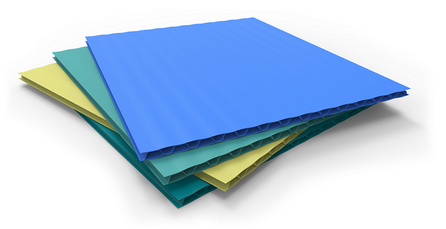
Amorphous Thermoplastics – Characteristics of Non-crystalline materials
Plastics are loaded with macromolecules which are made under the action of heat and pressure such that it can be processed into the desired shape. There are two broad classifications of a thermoplastic i.e. amorphous thermoplastics and semi-crystalline thermoplastics. When the thermoplastic is shaped at a temperature over the glass transition temperature Tg, then it is classified as Amorphous Thermoplastics. Whereas, when the temperature is over the melting temperature Tm, it is classified as Semi-crystalline thermoplastics.
Completely amorphous thermoplastics are generally brittle, stiff and quite clear in their unprocessed state. Temperature and pressure can cause the molecular arrangement to change along with the properties of the polymer. Tg or the glass transition temperature is defined as the point when the molecular rotation about single bonds becomes favorable. There are different varieties of Amorphous thermoplastics which includes materials like polystyrene, acrylics, polycarbonate, Acrylonitrile-butadiene styrene and polyvinyl chloride.
The molecules in case of amorphous thermoplastics are entangled in solid state. Most of them are transparent in their natural form, however ABS is an exception. In general, amorphous thermoplastics are known to have lower chemical resistance and lower stiffness and strength when compared with crystalline materials. However, the amorphous thermoplastics have uniform shrinkage rates which means that their shrinkage can be calculated easily.
There are additives and fillers used with both amorphous and semi-crystalline thermoplastics to alter the physical, electrical, thermal and mechanical properties of the base resin. Amorphous thermoplastics can be used in a wide variety of applications because of its diverse range of properties. With state of the art molding machine controls and latest material formulation methods, Polymer Resources guarantees high quality and consistent molded parts.
There are different varieties of crystalline materials which includes Nylon, polypropylene, polyacetal, and thermoplastic polyesters. In case of semi-crystalline thermoplastics, the size of the crystals is larger than the wavelength of visible length, thereby making the materials translucent. Depending on the branching and cooling rate, there are different degrees of crystallinity. Close to 85% of the resins produced are thermoplastics which are further classified as amorphous thermoplastics and crystalline thermoplastics. The amorphous regions of the thermoplastics contributes to the elasticity of the thermoplastic whereas the crystalline regions contribute to the strength and durability of the thermoplastic.
The cost saving opportunities associated with the use of injection moulding technology of thermoplastics need to be ensure proper material usage and cycle time to achieve optimized results. Amorphous thermoplastics exhibit lower mold shrinkage and lower tendency to buckle under pressure when compared with semi-crystalline materials. They lose their strength and rigidity very quickly once above the glass transition temperature Tg. The randomly ordered molecular structure allows amorphous thermoplastics to soften gradually as the temperature increases.




